Originally Posted, 21 October 2024 – Maximising your outcomes: adding active ETFs to your portfolio
The Portfolio Construction and Strategy Team compares active ETFs and mutual funds, highlighting the benefits of both and flagging the key questions investors need to ask.

The growth of actively managed exchange traded funds (ETFs) across the world is well documented. Janus Henderson recently expanded its own footprint, acquiring an ETF business in Europe.
But what does this mean for investors? What do you need to know when considering investing in active ETFs versus more traditional mutual fund vehicles?
In this guide, we look at some of these considerations and provide practical insights on how active ETFs can be used in an investor’s portfolio.
Common misconceptions
First and foremost, it’s important to clarify one of the biggest misconceptions on ETFs – that they are passive strategies i.e. managed to an index. It is true that historically, most ETFs in the market place have been passive strategies but that is no longer the case.
ETFs are as they suggest – exchanged traded funds. That is, funds that can be bought and sold through a stock exchange much like a stock or a bond. Those funds can be active or passive. The key difference is simply how investors buy or sell the strategy. As figure 1 shows ETFs bring together the benefits of both.
Figure 1: Active ETFs incorporate the attributes of a stock into a fund vehicle
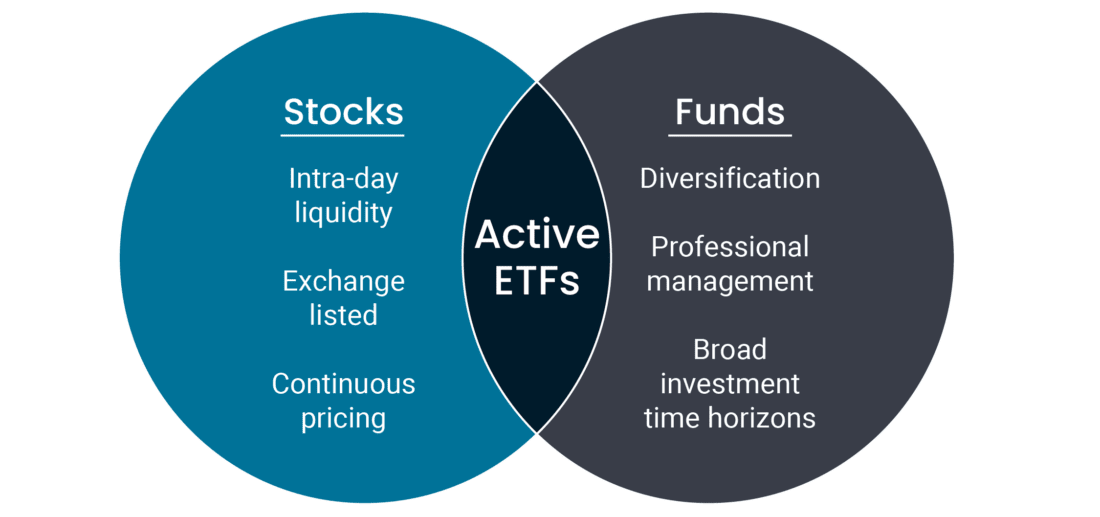
Portfolio construction considerations
The answer to whether an active ETF or mutual fund is preferable when building a portfolio largely depends on the nature of the portfolio and how it will be managed. There is no right or wrong answer but there are important considerations when looking at the alternatives.
When an active ETF could be preferred
- Highly active portfolio management: While we strongly advocate for time in the market rather than timing the market, active ETFs can be an excellent way to gain exposure to active strategies while also allowing for intraday transactions. This can become particularly important when material market events are likely to have an ongoing impact (positive or negative) on returns.
- Small accounts: For smaller accounts or for satellite holdings, active ETFs could fill the void where the minimum account sizes of mutual funds are prohibitive. Where a mutual fund will typically have higher minimums and trading sizes, an ETF can be bought or sold for as small an amount as one “share” – which could be as low as £1.
- Rebalancing: Intraday trading and small minimum trade sizes mean that investors are able to rebalance portfolios more accurately and more frequently – providing the benefits of the rebalance outweigh the trading costs. An active ETF allows investors to redeem (or add to) the holding at any time throughout the day at intraday pricing.
- Blending: The greater level of transparency afforded by active ETFs permits more exact portfolio blending with other holdings. In contrast, mutual funds typically disclose only their top 10 holdings on a monthly basis, while active ETFs can disclose their full holdings daily.
- Efficiency: The mechanics behind active ETFs are simple, standardised and highly efficient. This helps to keep trading costs down and means they are also operationally convenient for investors.
- Contrary or “short” positions: It is possible to short some ETFs thus taking the other side of the trade.
- Leverage: Some prime brokers / banks will allow margin lending to be run against ETF positions should investors wish to do so.
- Pricing: Active ETFs are unable pay sales commission to advisers (in Europe) and hence do not have these commissions built into the ongoing charges figure. This allows a non-advised client to access strategies free of such charges.
When a mutual fund could be preferred
Of course, there remains many reasons why mutual funds remain a preferred approach for many investors.
- Long-term time horizon: A major benefit of active ETFs is accessibility and ease of transaction. For many components of a portfolio, investors should be taking a long-term time horizon with their investment. As such, the ability to trade intraday shouldn’t be a necessary feature. Even during times of significant market volatility, rarely does trying to time the market result in better financial outcomes.
- Valuation certainty: An active ETF has two valuations: 1. Net Asset Value (NAV) and 2. share price. Generally, these two should track each other closely and ETF issuers have techniques to ensure that occurs. However, there can be some deviation between the two. A mutual fund just has the NAV and, therefore, the price offered per share aligns to the value of the fund’s assets. Further, if an adviser is buying (or selling) on behalf of underlying clients then all clients will buy (or sell) at one price – this is impossible to achieve for ETF purchases.
- Range of options: Currently, the majority of active strategies are offered via mutual funds. Therefore, it may not be feasible at this moment in time to build an entire active portfolio out of ETFs.
- Availability: Many platforms have yet to fully engage with active ETFs. As a result, investors may find that the mutual fund approach remains the most effective approach, at least in the near term.
Selecting an active ETF – key considerations
For an investor considering an active ETF, there are several questions that should be asked:
- How closely does the active ETF strategy reflect the manager’s existing strategy i.e. is this a genuine strategy or an adapted version?
- What are the trading costs to buy and sell the holding?
- Does the ETF trade at a material discount (or premium) to the NAV?
- How is liquidity guaranteed?
- Can a suitable collection of active ETFs be accessed with the platform/provider used?
The Janus Henderson Portfolio Construction & Strategy Team is available to help you navigate the market and determine the most suitable mix of ETFs to complement your current investments.
In addition, we have a dedicated capital markets team, which works with authorised participants, market makers, and banks/brokers to help find the most efficient way to trade ETFs.
IMPORTANT INFORMATION
Past performance does not predict future returns.
There is no guarantee that past trends will continue, or forecasts will be realised.
These are the views of the author at the time of publication and may differ from the views of other individuals/teams at Janus Henderson Investors. References made to individual securities do not constitute a recommendation to buy, sell or hold any security, investment strategy or market sector, and should not be assumed to be profitable. Janus Henderson Investors, its affiliated advisor, or its employees, may have a position in the securities mentioned.
Past performance does not predict future returns. The value of an investment and the income from it can fall as well as rise and you may not get back the amount originally invested.
The information in this article does not qualify as an investment recommendation.
There is no guarantee that past trends will continue, or forecasts will be realised.
Marketing Communication.
Disclosure: Janus Henderson
The opinions and views expressed are as of the date published and are subject to change without notice. They are for information purposes only and should not be used or construed as an offer to sell, a solicitation of an offer to buy, or a recommendation to buy, sell or hold any security, investment strategy or market sector. No forecasts can be guaranteed. Opinions and examples are meant as an illustration of broader themes and are not an indication of trading intent. It is not intended to indicate or imply that any illustration/example mentioned is now or was ever held in any portfolio. Janus Henderson Group plc through its subsidiaries may manage investment products with a financial interest in securities mentioned herein and any comments should not be construed as a reflection on the past or future profitability. There is no guarantee that the information supplied is accurate, complete, or timely, nor are there any warranties with regards to the results obtained from its use. Past performance is no guarantee of future results. Investing involves risk, including the possible loss of principal and fluctuation of value.
Disclosure: Interactive Brokers Third Party
Information posted on IBKR Campus that is provided by third-parties does NOT constitute a recommendation that you should contract for the services of that third party. Third-party participants who contribute to IBKR Campus are independent of Interactive Brokers and Interactive Brokers does not make any representations or warranties concerning the services offered, their past or future performance, or the accuracy of the information provided by the third party. Past performance is no guarantee of future results.
This material is from Janus Henderson and is being posted with its permission. The views expressed in this material are solely those of the author and/or Janus Henderson and Interactive Brokers is not endorsing or recommending any investment or trading discussed in the material. This material is not and should not be construed as an offer to buy or sell any security. It should not be construed as research or investment advice or a recommendation to buy, sell or hold any security or commodity. This material does not and is not intended to take into account the particular financial conditions, investment objectives or requirements of individual customers. Before acting on this material, you should consider whether it is suitable for your particular circumstances and, as necessary, seek professional advice.
Disclosure: ETFs
Any discussion or mention of an ETF is not to be construed as recommendation, promotion or solicitation. All investors should review and consider associated investment risks, charges and expenses of the investment company or fund prior to investing. Before acting on this material, you should consider whether it is suitable for your particular circumstances and, as necessary, seek professional advice.
Disclosure: Mutual Funds
Not all funds are available to retail investors. Mutual Funds are investments that pool the funds of investors to purchase a range of securities to meet specified objectives, such as growth, income or both. Investors are reminded to consider the various objectives, fees, and other risks associated with investing in Mutual Funds. Please read the prospectus accordingly. This communication is not to be construed as a recommendation, solicitation or promotion of any specific fund, or family of funds. Interactive Brokers may receive compensation from fund companies in connection with purchases and holdings of mutual fund shares. Such compensation is paid out of the funds' assets. However, IBKR does not solicit you to invest in specific funds and does not recommend specific funds or any other products to you. For additional information please visit the Mutual Funds section of your local Interactive Brokers website.
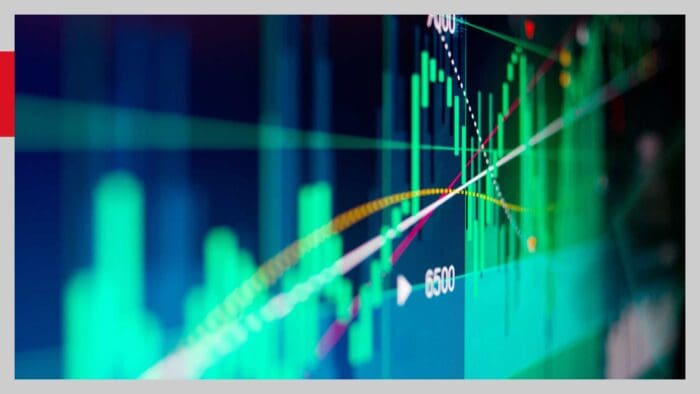
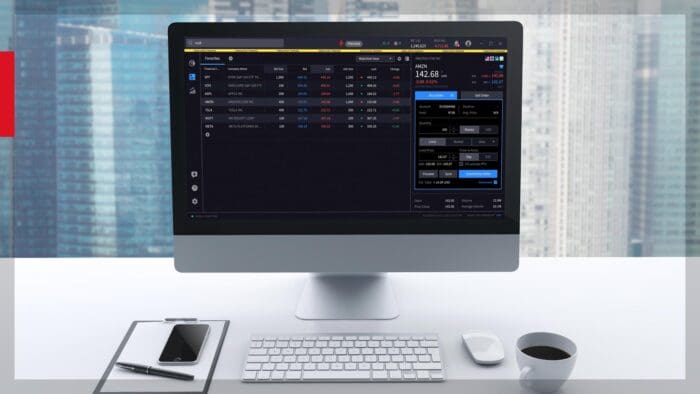



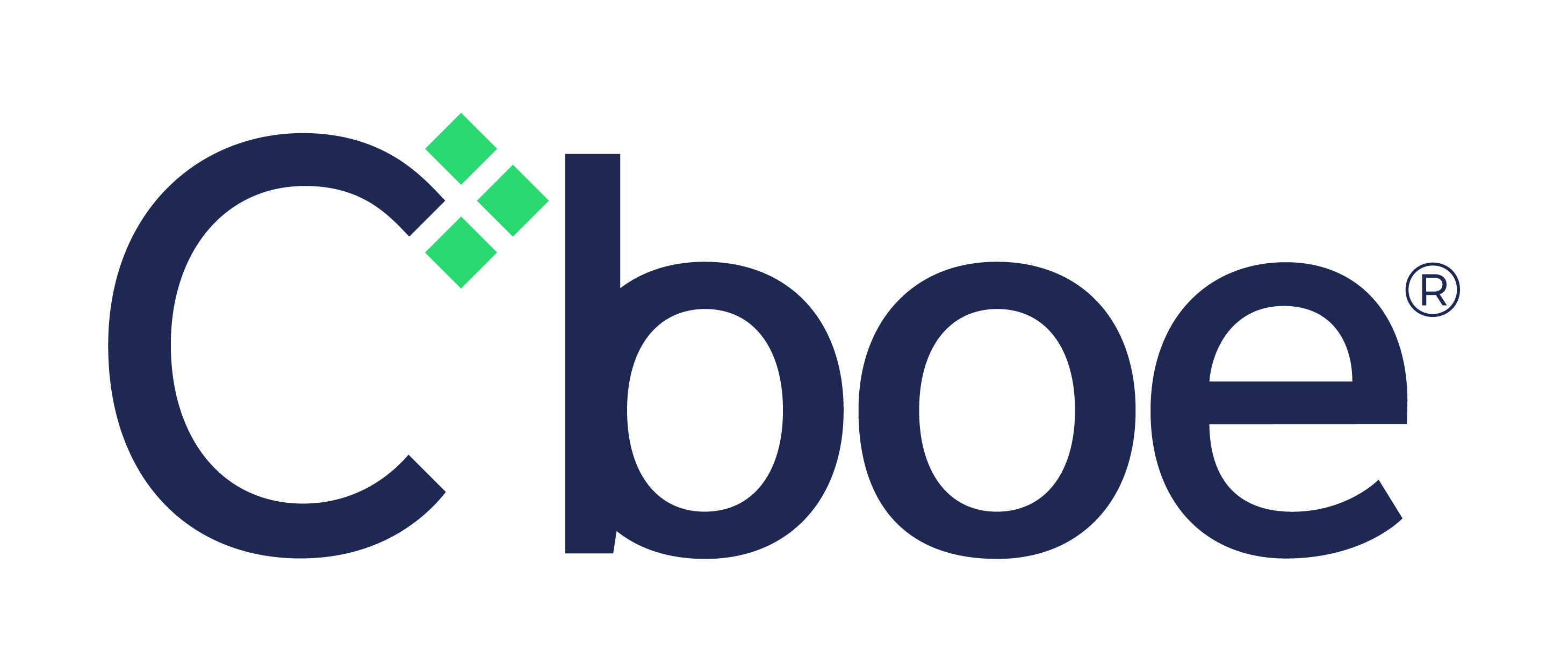
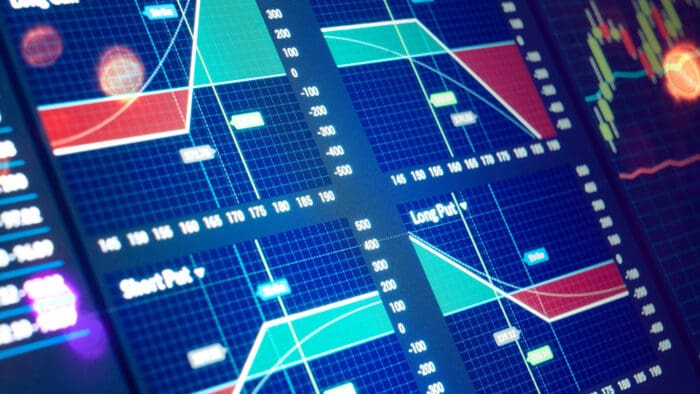
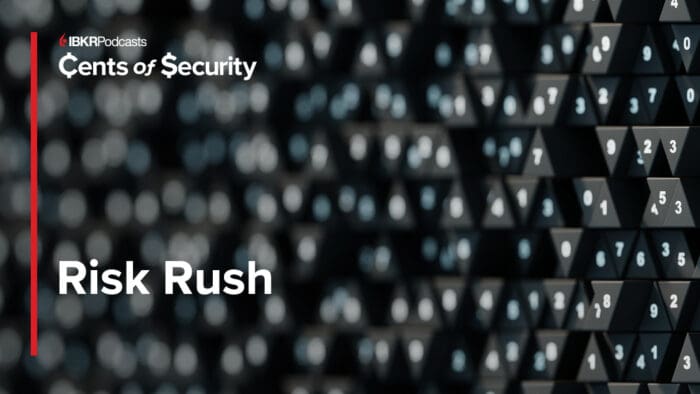

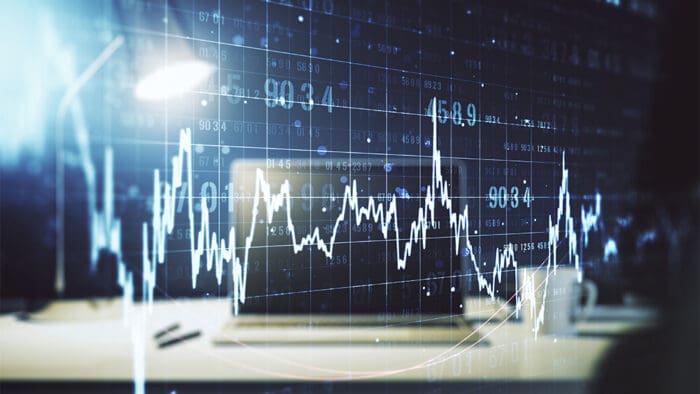




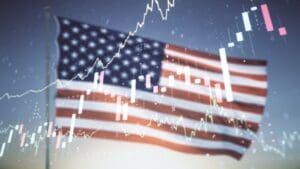
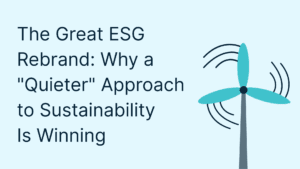


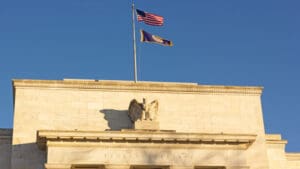
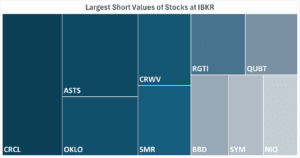
Join The Conversation
If you have a general question, it may already be covered in our FAQs page. go to: IBKR Ireland FAQs or IBKR U.K. FAQs. If you have an account-specific question or concern, please reach out to Client Services: IBKR Ireland or IBKR U.K..
Visit IBKR U.K. Open an IBKR U.K. Account